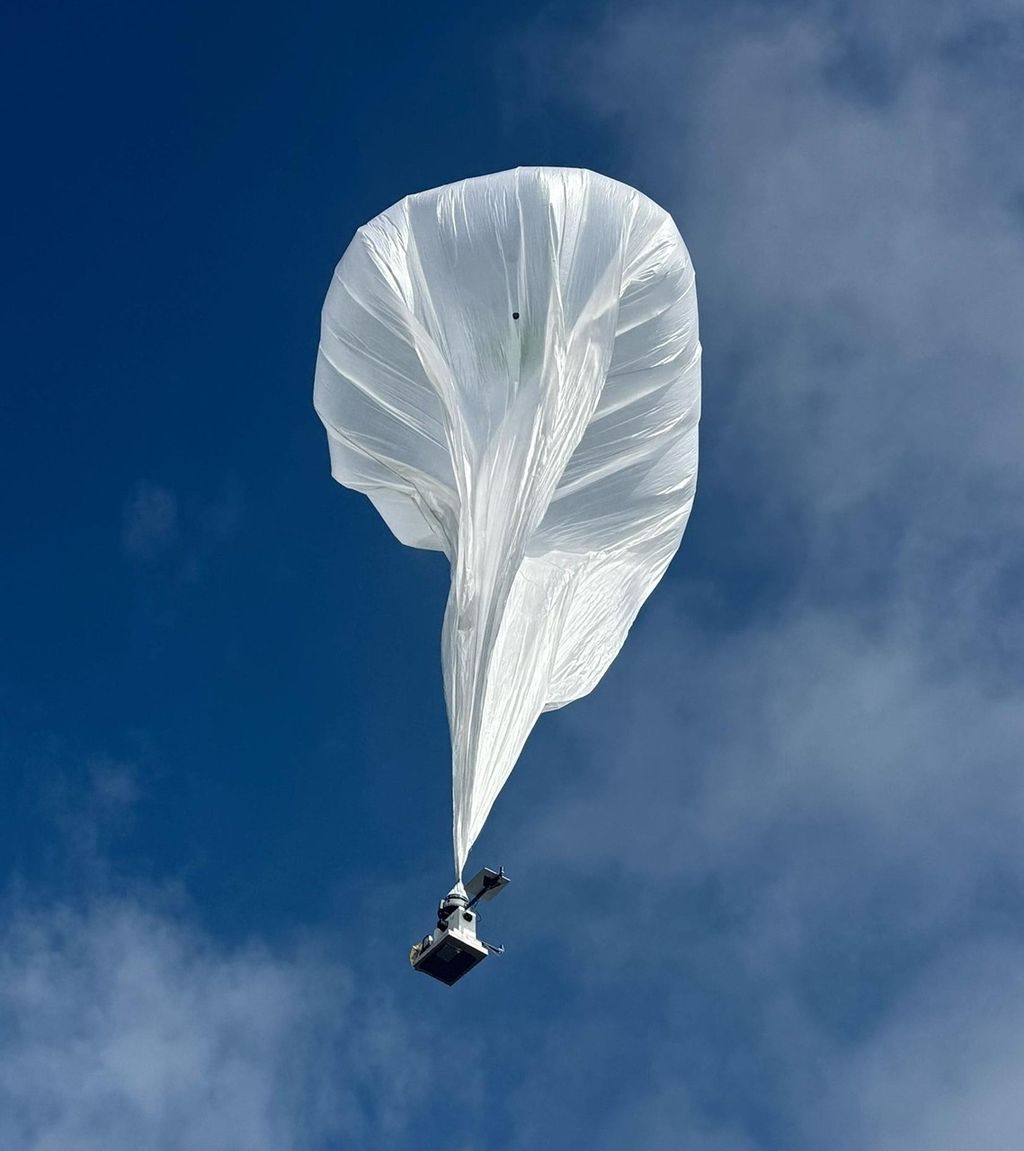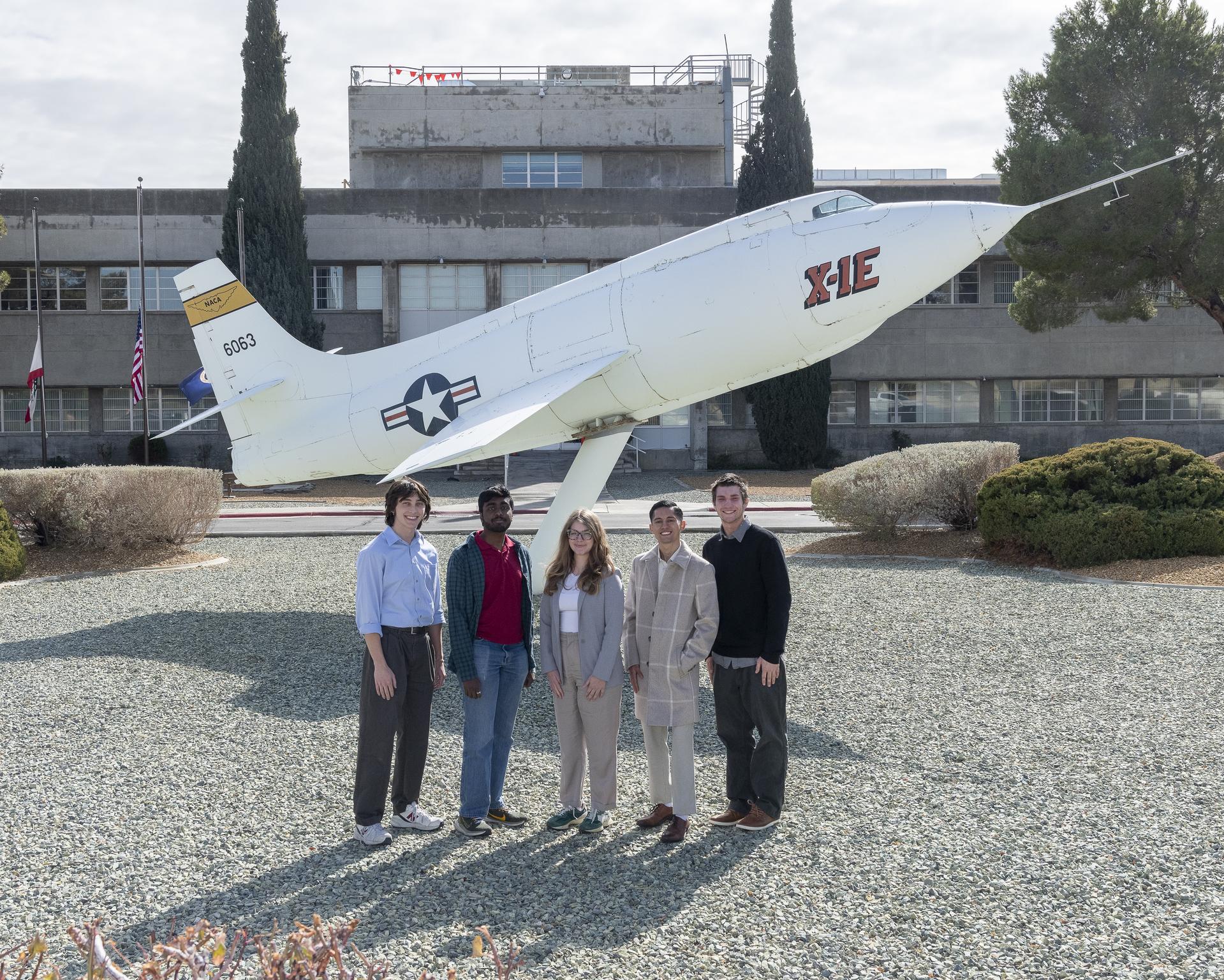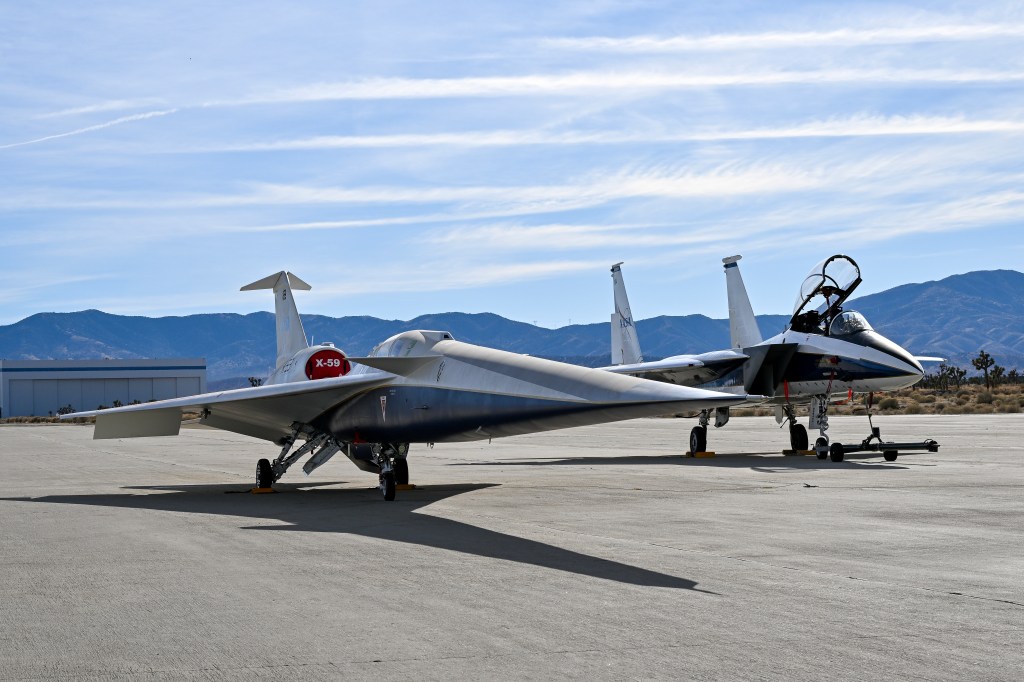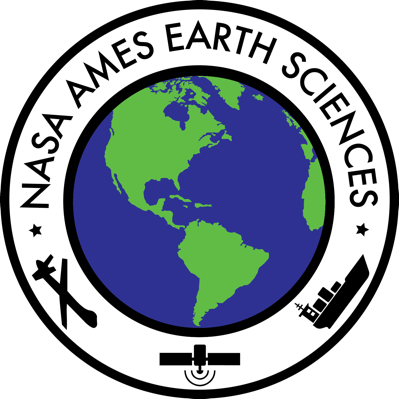Significant Announcements:
- Jim Podolske has prepared TCCON for a scheduled power outage and instrument maintenance in preparation for OCO-3 instrument first light 26 June, SARP DC-8 flights 16-17 July, and EM-27SUN inter-comparisons 28 June to 1 July. OCO-3 is expected to target the AFRC TCCON sometime in the month of July, and the TCCON instrument is now fully prepared for those validation activities. This calibration site managed by Ames is part of a small network of ground based fourier transform infrared radiometers used to validate global column retrievals of CO2.
- The DC-8, carrying the FIREX-AQ payload, will spiral profile from about 40 kft to ground level over TCCON measuring CO2, CO, CH4, N2O, and H2O to compare with the corresponding TCCON column measurements. Podolske also gave a talk entitled “TCCON Instrumentation at AFRC: Column Measurements in Support of OCO-2 and OCO-3” to the SARP students on 25 June.
- Jim Podolske hosted Isis Frausto-Vicencio of UC Riverside and Sajjan Heerah of Los Alamos National Laboratory (LANL) for four days to intercompare the LANL and CalTech EM-27SUN spectrometers with the TCCON spectrometer.
- Dr. Jorge Andres Diaz visited Matt Fladeland and the SIERRA team to integrate a mass spectrometer – flight testing of this instrument is funded by the Earth Surface and Interior Program and was part of a partnership with JPL to measure volcanic gas fluxes.
- The MASTER and EMAS instruments have been reintegrated onto the DC-8 and ER-2 after experiencing interference in some of the MWIR channels. These instruments operated by USRA simulate satellite data from MODIS, ASTER, and VIIRS and will be used in both SARP and FIREX-AQ.
- Student Airborne Research Program 2019 participants are preparing for DC-8 flights – This annual training and workforce development Program under the SMD ESD Airborne Science Program is designed to give undergraduates experience in conducting airborne science missions. This year 28 students will develop experiments using NASA satellite and airborne data, and fly on the DC-8 during data collection. Flights will be taking place over the next few weeks over Southern California. Each year several papers from this Program are presented by students at the American Geophysical Union Fall Meeting. (POC: Emily Schaller/ARC-CREST)
- FIREX-AQ (Fire Influence on Regional to global Environments eXperiment– Air Quality) – Aircraft (DC-8) integration continues in Palmdale, CA. ESPO team is supporting the project in the field, 19 May 2019 to 29 October 2019. Dave Jordan is now at AFRC for the final integration before the test flights and SARP (Student Airborne Research Program) flights (15-18 July 2019). The transit to Boise, ID is on 22 July 2019.
- DCOTSS: (Dynamics and Chemistry of the Summer Stratosphere Science) – The first Earth Venture Suborbital 3 Review, the Confirmation Assessment Meeting, is 12 July. DCOTSS consists of a 5-week test flight series and three, 8-week science deployments out of Salina, KS in each of three periods (spring, middle summer, late summer). Each science deployment will consist of 10 to 12 science flights. https://dcotss.org/
-
Rei Ueyama will be co-leading the forecasting and flight planning dry run for the EVS-3 Dynamics and Chemistry of the Summer Stratosphere (DCOTSS) mission to be held remotely via Webex on 30-31 July 2019.



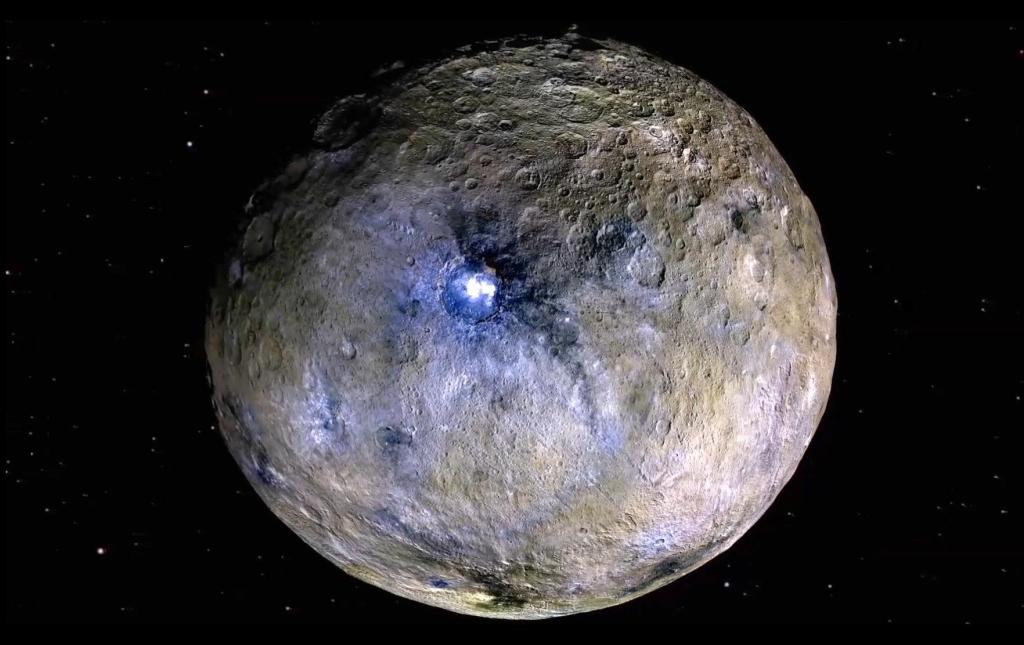


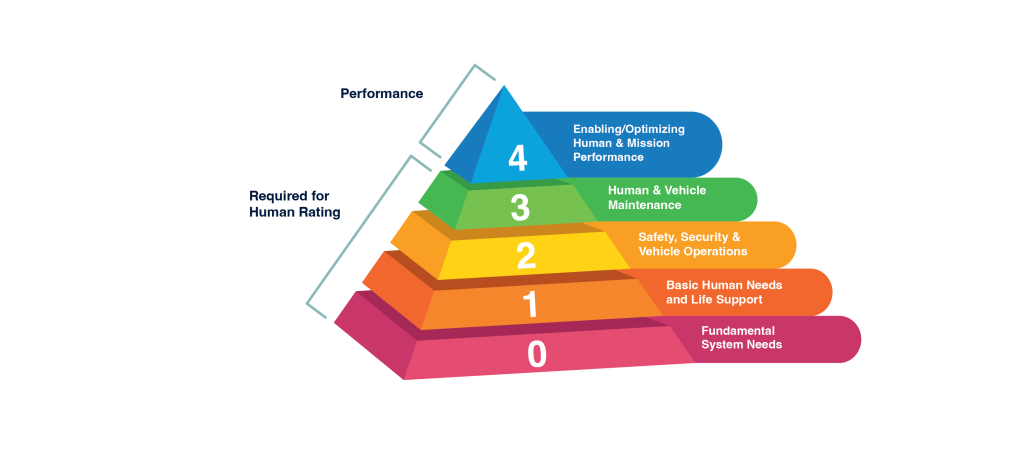

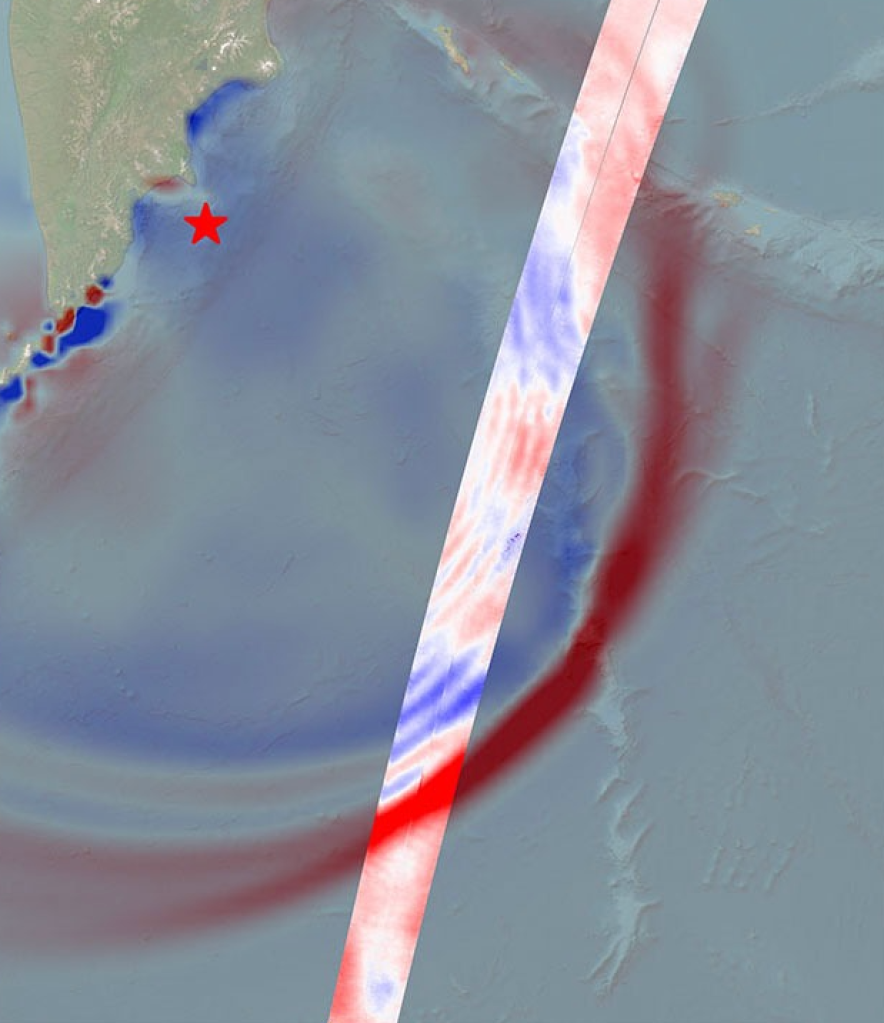
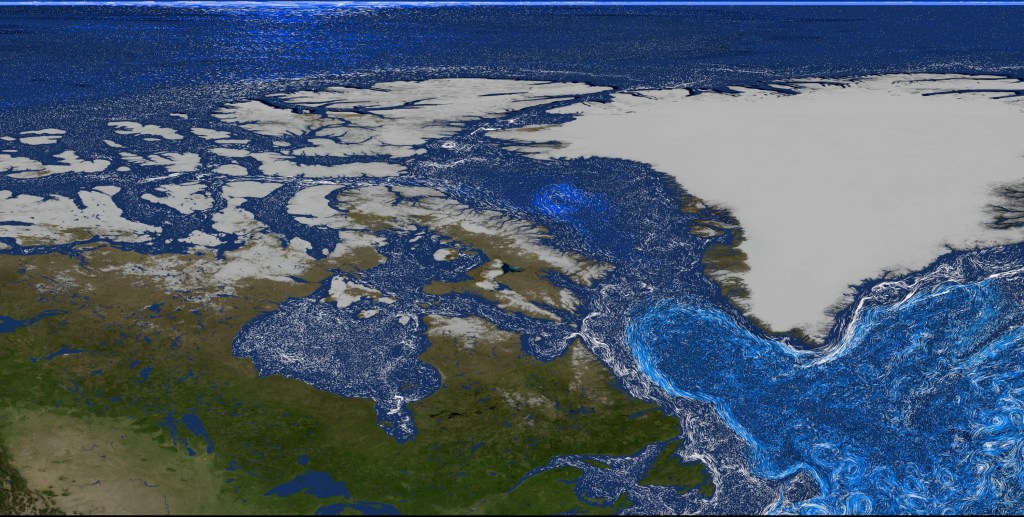

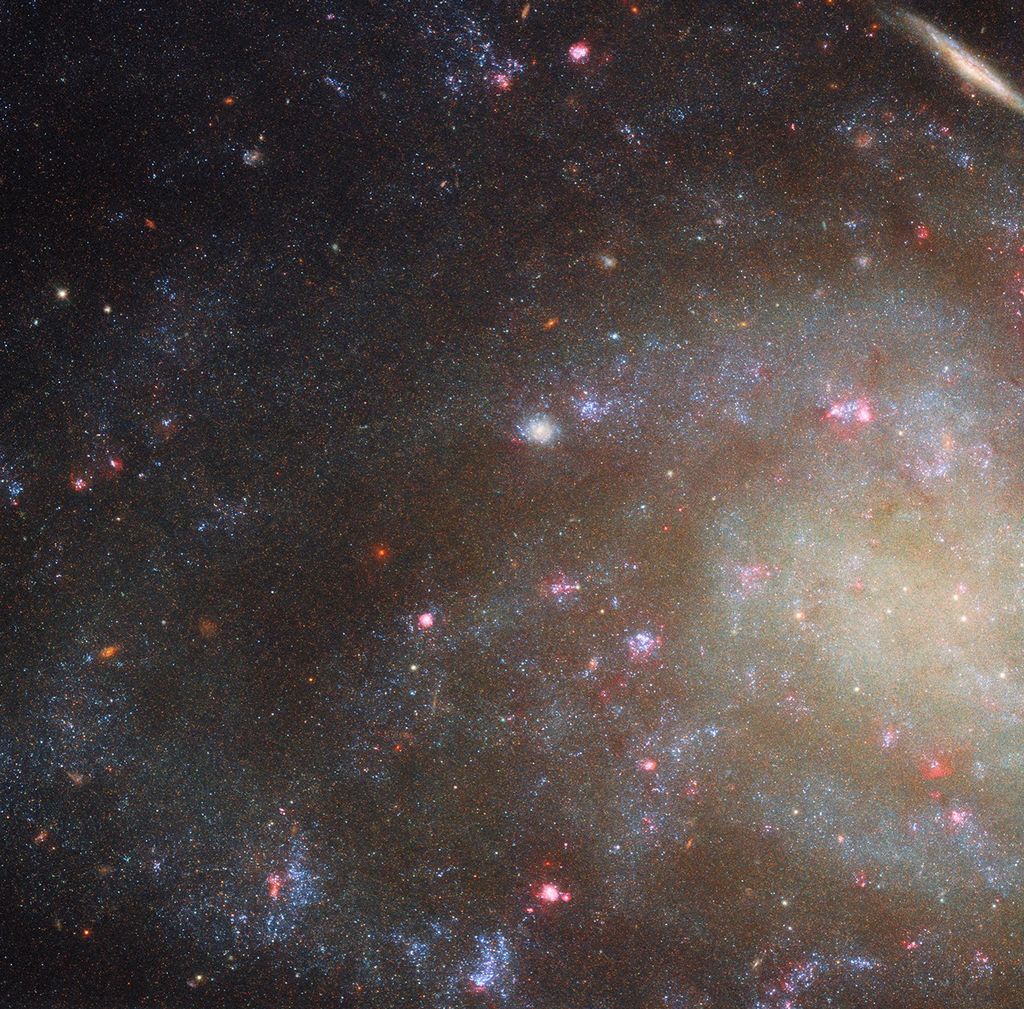








-Carolyn_Y._Ng.jpeg?w=1024)

